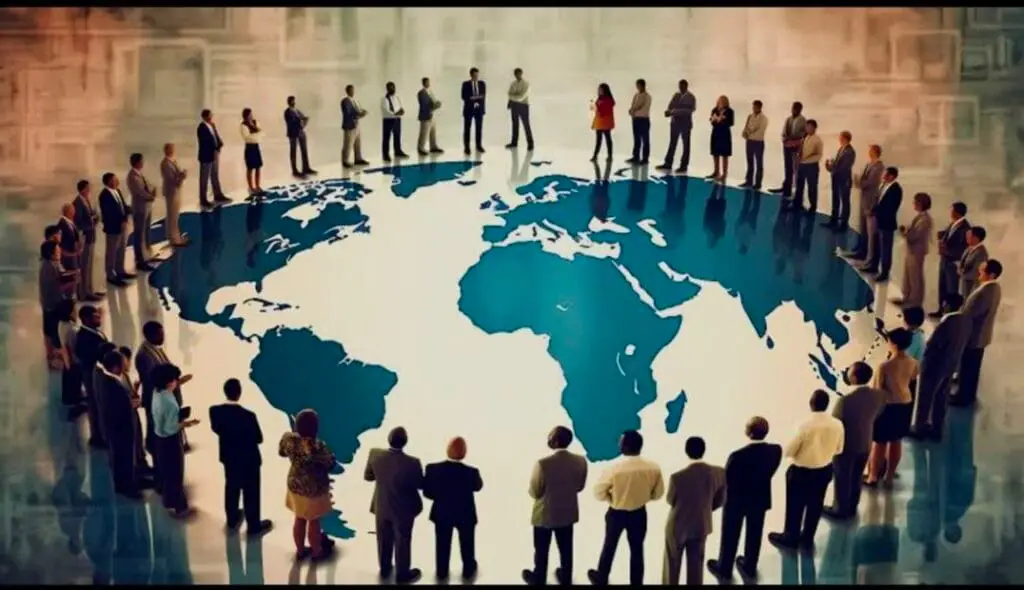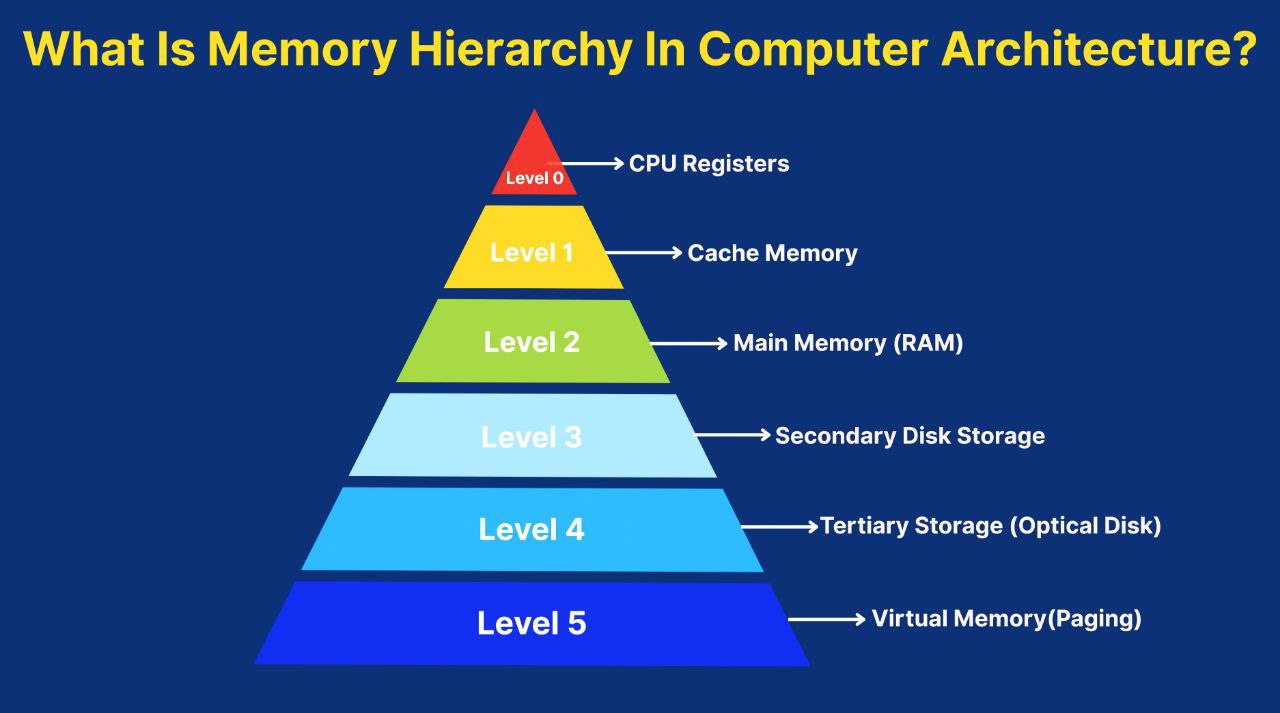Describe The Types of Globalisation
Globalization can be understood through various dimensions, each representing different areas of interconnectedness and integration across nations.
Here are the main types of globalization:
1. Economic Globalization
- Definition: The increasing integration of national economies into a global economy through the movement of goods, services, capital, and labor across borders.
- Characteristics:
- Expansion of international trade and the establishment of global supply chains.
- Growth of multinational corporations (MNCs) and foreign direct investment (FDI).
- Free trade agreements and the reduction of trade barriers (tariffs, quotas, etc.).
- Development of global financial markets and institutions.
- Examples:
- The World Trade Organization (WTO) facilitating global trade.
- Companies like Apple or Nike producing and selling products across multiple countries.
2. Cultural Globalization
- Definition: The worldwide exchange and integration of cultural practices, values, ideas, and products, resulting in cultural homogenization and diversity.
- Characteristics:
- Global spread of media, entertainment, and pop culture (movies, music, television).
- Exchange of cultural practices, traditions, and values across borders.
- Impact of tourism, migration, and social media in spreading cultural awareness.
- Creation of a global consumer culture influenced by international brands.
- Examples:
- The global popularity of Hollywood movies, K-pop, and international cuisine.
- Fast food chains like McDonald’s and Starbucks present in many countries.
- The rise of global sports events like the Olympics and FIFA World Cup.
3. Political Globalization
- Definition: The increasing cooperation and integration of political activities and governance between countries through international organizations, agreements, and partnerships.
- Characteristics:
- Formation of international organizations that coordinate and regulate global governance (e.g., United Nations, World Health Organization, European Union).
- Diplomatic cooperation between countries to address global issues like climate change, security, and human rights.
- Influence of multinational institutions on national policy decisions.
- Examples:
- The United Nations (UN) working to promote peace and human rights globally.
- Global agreements like the Paris Climate Accord aimed at tackling climate change.
- The creation of trade blocs like the European Union (EU), where member states share common policies.
4. Technological Globalization
- Definition: The global spread of technology, innovation, and knowledge, which facilitates global communication, business, and collaboration.
- Characteristics:
- Development of global communication networks (internet, mobile phones, satellites).
- Rapid exchange of information, ideas, and knowledge across borders.
- Cross-border technological collaborations, especially in fields like medicine, engineering, and space exploration.
- Examples:
- The use of the internet to connect people worldwide through social media platforms like Facebook, Instagram, and Twitter.
- International research collaborations, such as the CERN Large Hadron Collider or the International Space Station.
- Global expansion of technology companies like Google, Microsoft, and Amazon.
5. Environmental Globalization
- Definition: The recognition that environmental challenges and sustainability issues transcend national boundaries, requiring global cooperation to address them.
- Characteristics:
- Awareness of global environmental issues such as climate change, deforestation, biodiversity loss, and pollution.
- International agreements and policies aimed at promoting environmental protection and sustainable development.
- The spread of environmental activism and movements across countries.
- Examples:
- Global climate change agreements like the Paris Climate Accord.
- International campaigns to reduce plastic pollution in oceans, deforestation in the Amazon, and air pollution.
- Global environmental organizations like Greenpeace and the World Wildlife Fund (WWF) promoting sustainable practices.

6. Social Globalization
- Definition: The growing interconnectedness of societies across the world, which influences social relationships, values, and norms.
- Characteristics:
- The increased movement of people, ideas, and cultures across borders through migration, travel, and the internet.
- Global social movements focusing on human rights, gender equality, and social justice.
- The rise of global citizenship, where people identify with global issues rather than solely with their nation-state.
- Examples:
- International human rights campaigns led by organizations like Amnesty International.
- The global spread of social movements such as the #MeToo movement or Black Lives Matter.
- The rise of digital communities and global advocacy networks.
7. Financial Globalization
- Definition: The integration of national financial systems into a global financial system, allowing for the movement of capital and financial transactions across borders.
- Characteristics:
- Growth of global financial markets and institutions, such as stock exchanges and central banks.
- The movement of investment capital between countries through foreign direct investment (FDI), portfolio investments, and global banking systems.
- The establishment of multinational financial institutions and the influence of global financial hubs like New York, London, and Tokyo.
- Examples:
- Cross-border mergers and acquisitions, where companies from different countries join forces.
- The global impact of financial crises, such as the 2008 Global Financial Crisis, which affected economies worldwide.
- Financial institutions like the International Monetary Fund (IMF) and the World Bank that provide assistance to countries in need.
8. Communication Globalization
- Definition: The process by which global communication systems and networks connect people, businesses, and nations across vast distances, facilitating information sharing.
- Characteristics:
- The creation of global media networks and the ability to access information instantly from anywhere in the world.
- Real-time communication technologies, such as video conferencing and instant messaging, breaking down geographical barriers.
- The influence of global media on shaping public opinion and social trends.
- Examples:
- The rise of international news organizations like CNN, BBC, and Al Jazeera.
- The use of communication technologies like WhatsApp, Zoom, and email to connect businesses and individuals across borders.
- The widespread use of the internet and mobile technology, allowing for the rapid spread of information.
9. Market Globalization
- Definition: The global expansion of markets for goods and services, where companies operate and compete in international markets.
- Characteristics:
- The development of global marketplaces where companies sell their products to consumers worldwide.
- Increased consumer choice, with products from different countries available in almost every part of the world.
- Global branding and marketing strategies that target international audiences.
- Examples:
- The global presence of brands like Coca-Cola, Apple, and Nike.
- E-commerce platforms such as Amazon, Alibaba, and eBay, which facilitate international sales.
- Global marketing campaigns that appeal to consumers across various countries and cultures.

Conclusion
Globalization affects almost every aspect of modern life, from the economy and technology to culture and the environment. Each type of globalization highlights different areas of interconnectedness and demonstrates how nations, businesses, and people are increasingly linked across borders. While globalization presents significant opportunities, it also brings challenges that require cooperation, regulation, and adaptation to ensure equitable and sustainable outcome
Share this content:



Leave a Reply